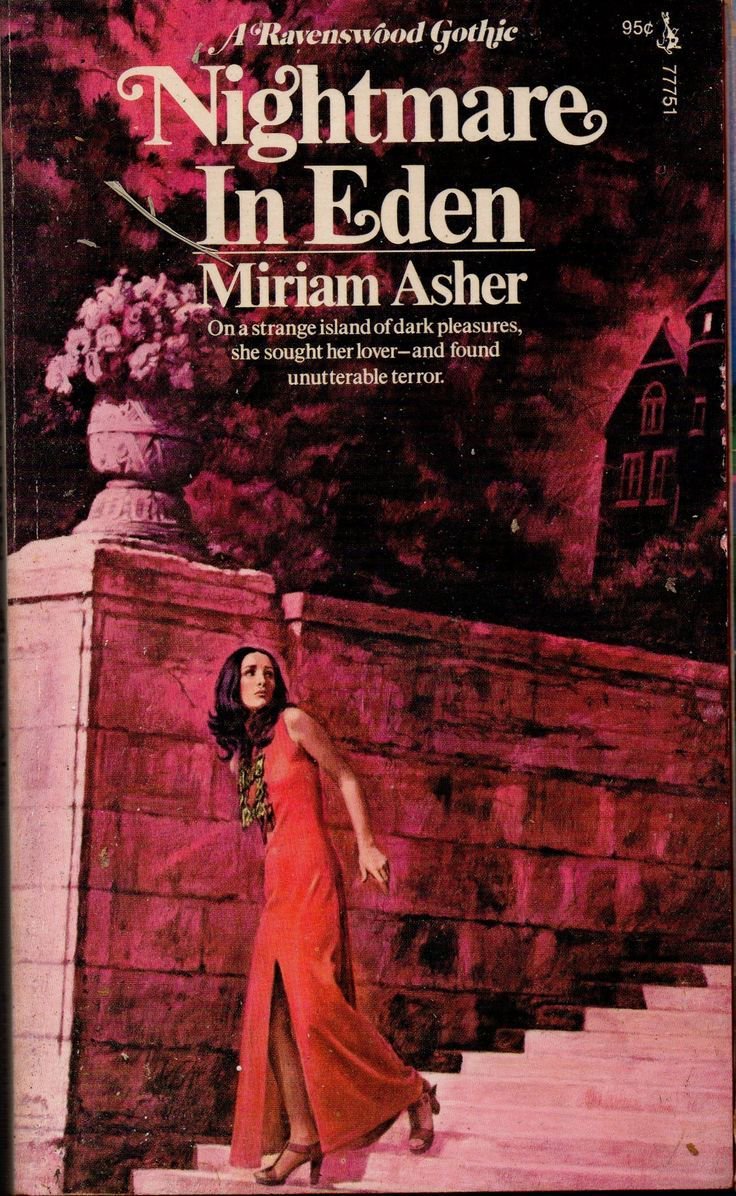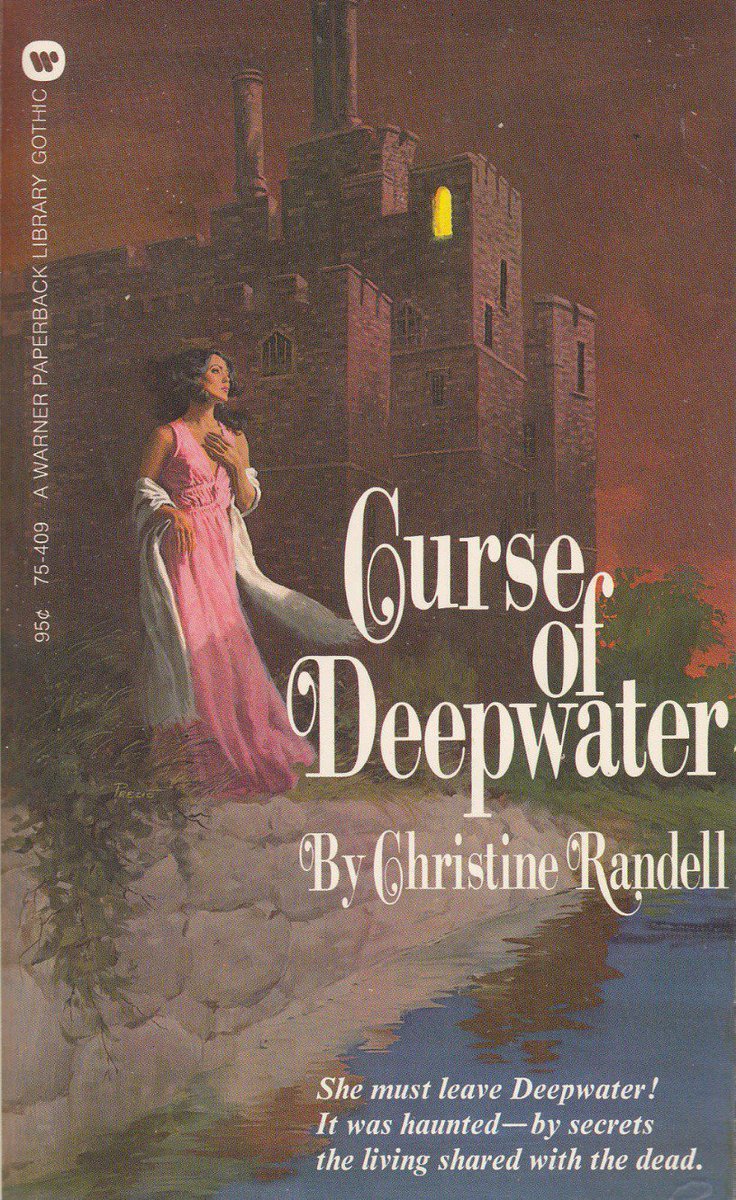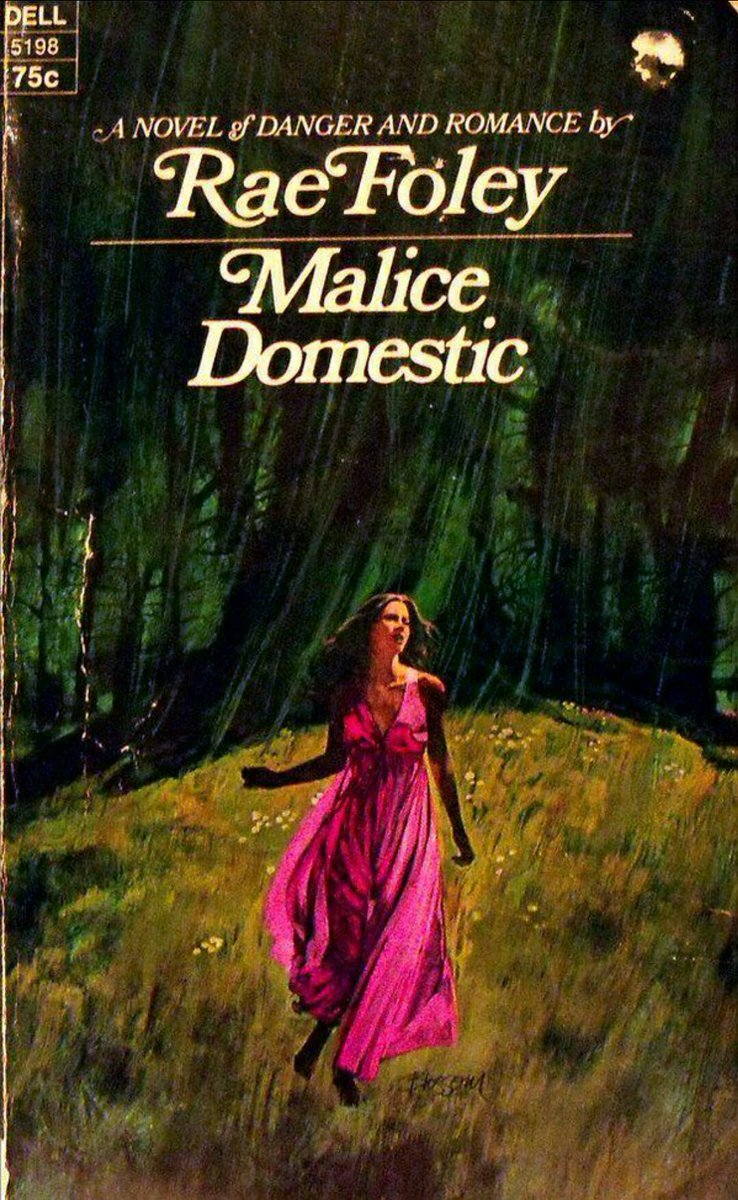What time is it? You KNOW what time it is...
Time for my occasional series "Women with great hair fleeing gothic houses!"
And today we are fleeing 1974.
Time for my occasional series "Women with great hair fleeing gothic houses!"
And today we are fleeing 1974.

The Romany Curse, by Suzanne Somers. Belmont Tower, 1974.
That is a long, long set of stairs. I pity the Amazon delivery driver who has to go there...
That is a long, long set of stairs. I pity the Amazon delivery driver who has to go there...

Nightmare In Eden, by Miriam Asher. Ravenswood Gothic, 1974. Cover by Elaine Duillo.
How do you even write 'unutterable terror'?
How do you even write 'unutterable terror'?

To The Castle, by Dorothy Malm. Ace Gothic, 1974.
Not sure about the barefoot look, may step on a snail... or something worse!
Not sure about the barefoot look, may step on a snail... or something worse!

The Yesteryear Phantom, by W.E.D. Ross. Avon Gothic, 1974. Yellow is supposed to be the colour of the mind you know... 

Curse of Deepwater by Christine Randell. Warner Gothic, 1974.
Santa will never get down those chimneys...
Santa will never get down those chimneys...

Crucible of Evil, by Lyda Belknap Long. Avon Gothic Original, 1974. Cover art by Walter Popp.
It'll look nicer once they finish that extension...
It'll look nicer once they finish that extension...

• • •
Missing some Tweet in this thread? You can try to
force a refresh






























